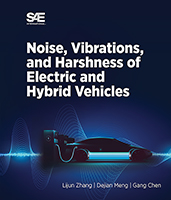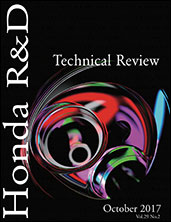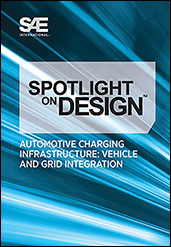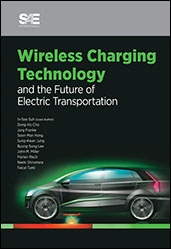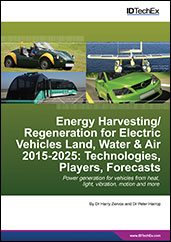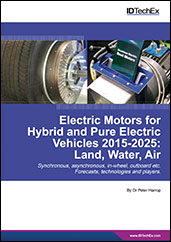Book

The Arrival of the Electric Car
2023-01-03
Are you considering buying an electric vehicle? All of us are witnessing a once-in-a-lifetime transformation. For over one hundred years, gasoline and diesel fuels have powered ground transportation throughout the world. Now that is changing, and 2023 is the year when most people will recognize that change is happening. This book is a comprehensive, easy-to-understand overview of the passenger EV universe including guides for buying and owning an electric car. The authors discuss choosing, owning and driving an electric car, then explain the features, advantages, benefits and limitations of over 45 EV models including pickup trucks, SUVs, and sedans. "If you have to have a car, make it an electric car. As this book makes clear, they are better than old-fashion vehicles in every way."





